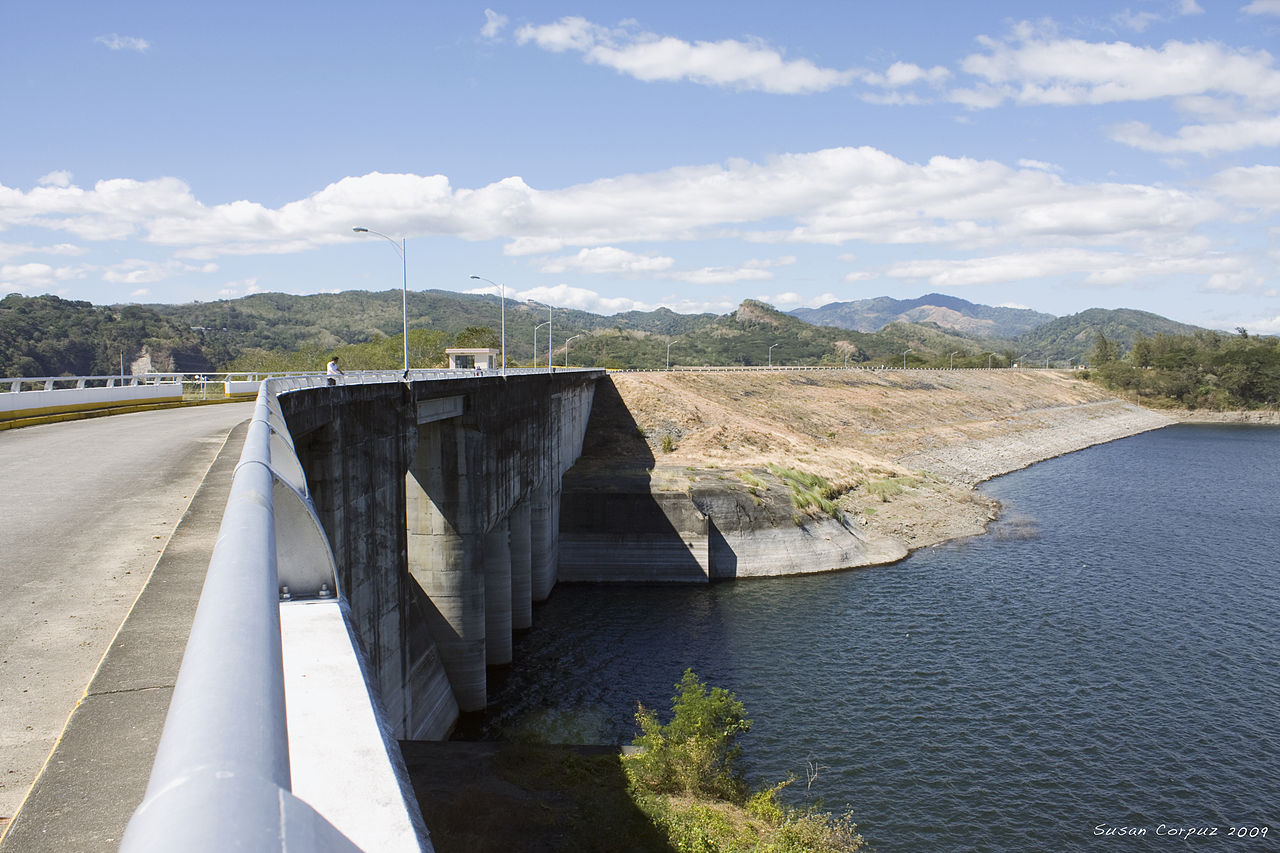Breaking
3 major dams in Luzon still have ample water until June – PAGASA

Pantabangan Dam in Nueva Ecija. Wikipedia photo by Susan Corpuz.
MANILA (PNA) — Even with the absence of rains and extreme heat in the coming days, the Philippine Atmospheric Geophysical and Astronomical Services Administration (PAGASA) on Wednesday said three of the four major dams in Luzon still have “ample water” that could last until the middle of next month.
In an interview, PAGASA hydrologist Edgar Dela Cruz said that although water elevation Magat and Pantabangan dams in Nueva Ecija as well as San Roque dam in Pangasinan started to go down, they do not foresee these reservoirs to hit their critical levels until mid-June.
“We don’t have to worry when it comes to these three dams,” Dela Cruz noted.
“It had enough water to withstand the scorching heat of summer and lack of rains until mid-June. Right now, we expect no water shortage in these dams,” he added.
At present, Dela Cruz said Magat, Pantabangan, and San Roque dams are still “above” critical levels, despite the “little drop” in its water every day.
As of 6:00 a.m. Wednesday, the water level in Magat was at 169.59 meters or 9.59 meters above its critical level of 160 meters.
In Pantabangan, the water level was at 181.84 meters or 10.34 meters high from its critical level of 171.50 meters, while the water in San Roque, which was at 239.46 Wednesday morning, was still 14.46 meters above its critical level of 225 meters.
“Medyo mababa lang sa normal ang water levels sa mga dams na ito, pero wala pa ito sa critical,” Dela Cruz noted.
Dela Cruz further noted that the decrease in water levels in these dams is relatively slow or “slow enough to last until the end of summer.”
Also, he said occasional rains give a little boost to the dams’ water levels.
The dams of Magat, Pantabangan, and San Roque are major sources of electricity in the Luzon grid and supplies irrigation water for thousand of hectares of farmland in their surrounding areas.
Dela Cruz said these three reservoirs as well as Angat dam in Bulacan are considered the major dams in Luzon.
“Of all the major dams (in Luzon), only Angat Dam has continued to remain low and near critical,” he noted.
The water level at Angat has gone down to 181.65 meters on Wednesday.
He noted that if Angat’s water level continues to drop at the rate of between 0.30 and 0.40 meters daily, it might hit the critical level of 180 meters in seven to eight days.
Once it reaches the critical elevation of 180 meters, Dela Cruz said the dam would stop supplying water for irrigation, especially in Bulacan.
He added that the National Water Resources Board will likely be forced to reduce the water supply of Metro Manila from its current 41 cubic meters per second to 38 cubic meters per second.
Angat Dam supplies 97 percent of Metro Manila’s potable water needs.
It also provides water for the irrigation requirements of thousands of hectares of farmlands in Bulacan and Pampanga.
Last July 18, 2010, the water level of Angat reached its lowest level of 157.56 meters, prompting government officials to take measures to avert a water crisis.
The country was also dealing with El Niño phenomenon at that time.
PAGASA expects another El Niño season this year that would start next month.
The El Niño, which is characterized by below normal rainfall, is expected to peak during the last quarter of the year until the first quarter of 2015.
The El Niño is the opposite of the La Niña phenomenon, which is associated with “wetter” conditions.
Aside from drought, PAGASA said this phenomenon may also trigger stronger storms.
The weather bureau said that during El Niño, temperature in the Pacific Ocean increases, resulting to the intensification of weather disturbances such as storms and typhoons.
PAGASA further noted that El Niño also causes the behavior of tropical cyclones to become erratic, affecting its tracks and intensity. (PNA) LAM/CLTC/UTB





















